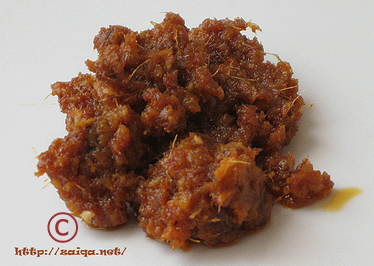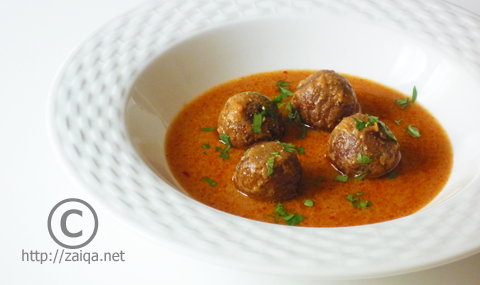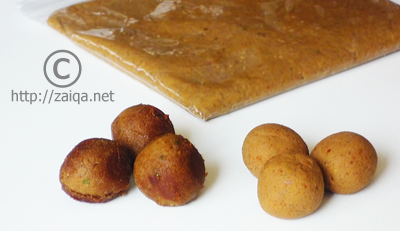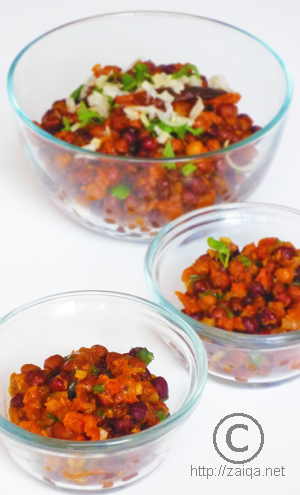Simple vegetable subzis are so good along with Roti and perfect for a light nutritious meal. Cauliflower is one such easily available, immensely nutritious vegetable that is usually ignored, disliked and not valued for its many benefits.

Phool Gobi ki Subzi – Cauliflower with Tomato and Onion
Did you know?
Cauliflower comes in 4 different colors, purple cauliflower, green cauliflower, orange cauliflower (also called as the ‘cheddar cauliflower’) and white cauliflower. The most common variety is the ‘White Cauliflower’. Cauliflower should be used within a day or two once they are brought home, as they begin to rapidly perish and loose their flavor. This ordinary veggie is abundant in vitamin-C, complex carbohydrates, folate, fibre and antioxidants. Hence it helps lower blood cholesterol and is good for your heart health. It also helps detoxify the body and reduces the risk of cancer as it contains several cancer-fighting and harmone regulating compounds.
Cauliflower can be incorporated into the diet in several different ways. In winters, I love to have a simple pureed cauliflower+asparagus bisque in the chilly winters. Cauliflower pakoda/fritters is great as a snack and I also prepare it for Iftaar during Ramadhan.

Chopped cauliflower florets and tender outer leaves
This subzi is one that I most usually prepare for meals at home. Do not discard the outer leaves of the cauliflower. Wash the cauliflower florets thoroughly in cold salted water and drain them in a colander. Discard the tough stems and chop the tender leaves and stems to add to the florets for the subzi.
Phool Gobi ki Subzi – Cauliflower with Tomato and Onion
Ingredients:
Canola Oil – 2 tsp
Yellow Onion – 1, large, finely sliced
Ginger-garlic paste – 2 tsp
White Cauliflower head – 1, medium sized, washed properly and cut into small florets along with its tender outer greens
Tomato – 3, large, washed properly and finely diced
Red chilli powder – 1 1/2 tsp
Turmeric – 1/4 tsp
Salt – to taste
Method:
1. In a saucepan at medium high heat, pour canola oil and as soon as it warms up, add the sliced onion and sauté them until they are soft. Add ginger-garlic paste and fry along for 30 secs.
2. Add the chopped tomatoes along with the red chilli powder and salt. Pour about 3o ml warm water and close the lid. After 1-2 minutes, add the cauliflower florets. Close the lid and let cook until the cauliflower is done. Sprinkle a little more water if needed. Serve along with Roti.
Tip: Any leftovers? Just finely chop the leftover subzi and use it as a stuffing for Parathas. Phool Gobi stuffed parathas are yummy and nourishing.
Luv,
Mona








